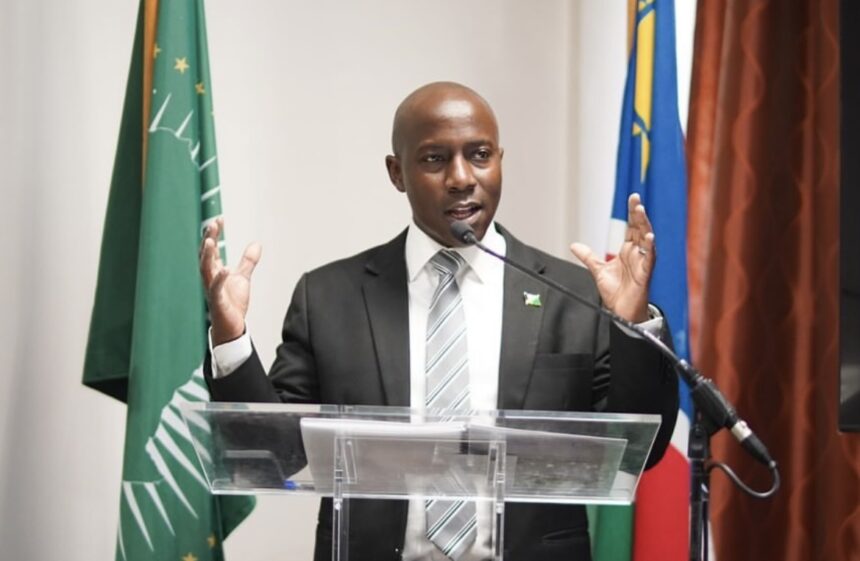Andreas Thomas
Namibia has applied to the Climate Investment Fund for financing to support its ambitious plan to develop a large-scale green hydrogen production sector.
Some projects are anticipated to commence production this year.
Namibia’s green hydrogen commissioner James Mnyupe has confirmed to Nampa that the country has requested US$150 million, approximately N$2.8 billion, from the fund.
“Countries around the world can apply for up to US$250 million that they can use to invest in private sector companies. We have asked for about US$150 million. We look forward to the feedback for that in quarter two this year,” he said.
Mnyupe is a member of the Namibia Green Hydrogen Council, which is leading the government’s efforts to establish a large-scale, low-cost renewable energy production sector.
“We continue to champion green industrialisation, with of course green hydrogen being a core part of that. But it is really green industrialisation we are after,” he said.
He stated that this year, Namibia is anticipated to move beyond the planning phase, with some projects expected to begin production.
“We expect to launch the Hylron production facility, and to start production by the end of February,” he said about the green iron project near Arandis in the Erongo region.
Hylron’s Oshivela green iron production plant is expected to produce five tonnes of green iron per hour, powered by a 25-megawatt solar facility and 13.4 megawatts of battery storage during the day.
“That particular plant hopefully starts to operate this quarter. Then we are expecting facilities, such as Hyphen, to really start their feasibility in earnest.
“We expect to potentially construct our first ammonia bunkering facility this year. This will be a big tank that will store ammonia, and can be used to refuel ships or supply ammonia in the country,” Mnyupe said.
He is optimistic that Hydrogène de France (HDF) Energy Namibia will start the construction of its renewable energy power plant in Erongo.
The HDF project will combine solar photovoltaic power with hydrogen production to provide baseload power for the Swakopmund municipality, he said.
The French company plans to generate 142 Gigawatt-hour of green baseload electricity per year.
“I think this year is the year of going beyond planning. Maybe we now start the construction of two or three key new plants, and start operating and producing a product that we start to trade this year,” said Mnyupe.
-Nampa


